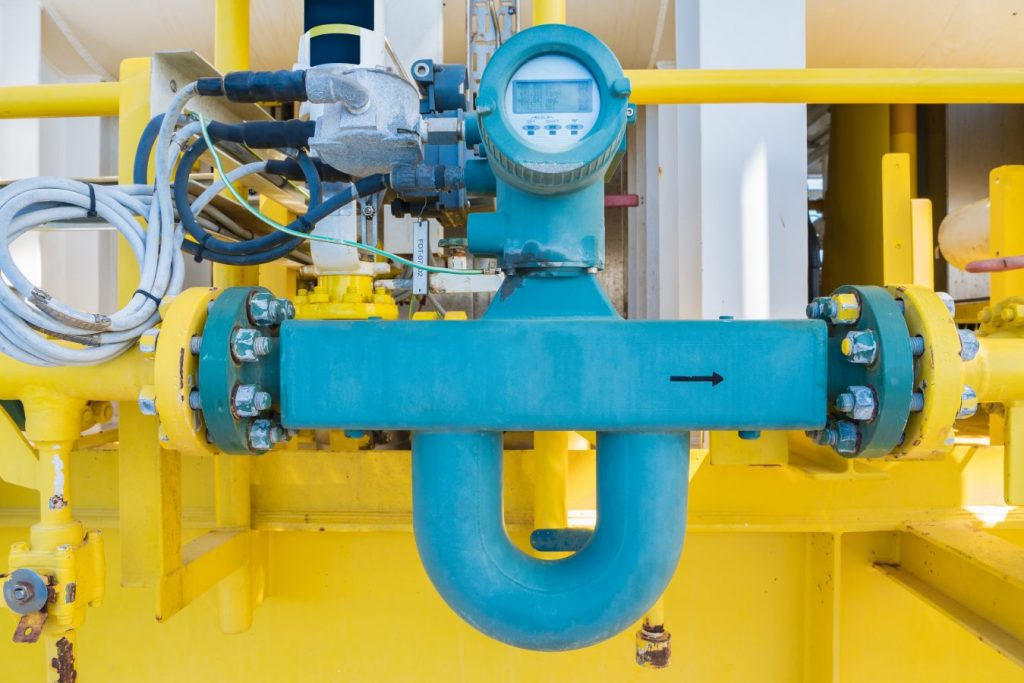During construction, pipes are essential due to their function in transporting air and water around the building. They have different kinds of materials, which makes them suited for different conditions. It is essential to know which pipe is appropriate for which function.
Certain kinds of pipes are suited for the outdoors or are best used for circulating water. If the wrong type of pipe is used, it will lead to early building degradation. Additional maintenance costs will be incurred, and the life span of the building will be reduced.
To help guide you in choosing the appropriate pipes for your building, here are a few common types of pipes along with their recommended uses.
Stainless Steel
This kind of pipe is made of a steel alloy along with chromium, which gives it good corrosion resistance. It is commonly used to transport water. It can’t withstand higher temperatures, however, so avoid using it for hot water or place it outdoors to prevent damaging it.
Due to its various advantages, you’re likely to use stainless pipe and fittings for your building in Australia. It’s easy to sanitize and is not likely to get dull. In addition, it has chemical resistant properties, so you can also use it to transport chlorinated water into pools.
PEX
Also known as cross-linked polyethylene tubing, PEX pipes are flexible plastic tubing commonly used for water distribution. It is one of the preferred types of pipes due to its low price, easy installation, and little need for maintenance. It is also unobtrusive in terms of appearance.
Due to its composition, it is corrosion resistant and can endure high temperatures. This makes it applicable to a lot of tasks, such as water supply lines, sprinkler systems, and floor heating. However, it is not suited to be placed outdoors, as it is easily damaged by UV light.

Aluminum
Aluminum pipes are commonly used for compressed air systems due to their affordability and ease of installation. They are also less likely to leak compared to pipes attached through threading. They are one of the most preferred materials due to a variety of reasons.
Moisture is expected to build up in a compressed air system over time. If you use aluminum pipes, which are corrosion resistant, you will avoid problems, such as blockage of pipes from rust and sudden pressure drops. Also, it can endure high amounts of pressure for a long time.
PVC
PVC pipes are used for a variety of tasks, such as components for sewage systems. Its diameter and thickness vary based on where it will be used. It is made of non-toxic material, which also makes it ideal for the transportation of potable water, whether hot or cold.
It is made of a material that won’t corrode, so there is a lower risk of water being contaminated. It can withstand high water pressure, making it ideal for use in bathroom water systems. It can also be used outdoors for gutters and downpipes as it is weather resistant.
While learning about the various materials that pipes can be made of, one should take note of their strengths and weaknesses in certain environments. Use that as a guide for choosing which pipe will be appropriate for which system in your building.